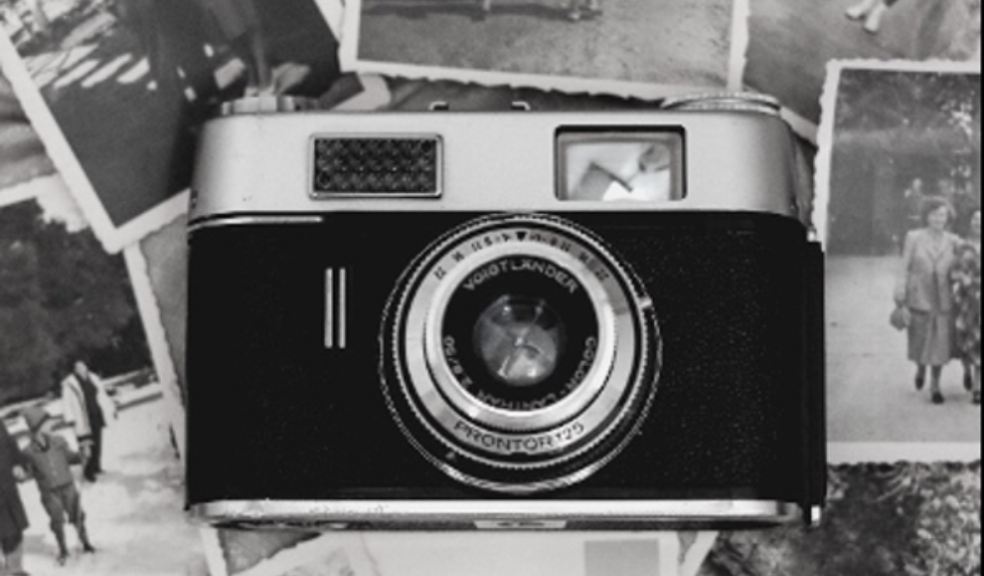
The Art of Capturing Life Through Photography
As human beings, we are always looking for ways to capture and preserve our memories. One of the most popular ways we do this is through photography. From the first photograph taken in 1826, to the millions of photos taken daily in the present day, photography has come a long way. In this article, we'll explore the art of capturing life through
photography, how it has evolved over the years, tips on taking the perfect shot, and the importance of photo printing. See for yourself how these elements intertwine to create lasting memories and experiences.
How Photography Has Evolved Over the Years
The first photograph taken by Joseph Nicéphore Niépce in 1826 was a simple image of a view from his window. It took him 8 hours of exposure time to produce the photograph. In the years that followed, photography underwent a rapid evolution. The first colour photograph was taken in 1861 by James Clerk Maxwell, and the first digital camera was invented in 1975 by Steven Sasson.
Nowadays, most people carry a camera in their pockets in the form of their smartphones. The convenience of capturing photos anytime and anywhere has revolutionised the way we take and share photos. Social media platforms like Instagram and Facebook have made it easier than ever to share our photos with the world.
Tips on Taking the Perfect Shot
Capturing the perfect shot is a combination of art and science. It takes practice, patience, and a good eye for composition. Here are some tips to help you take the perfect shot:
Get to know your camera — Whether it's a DSLR, a point-and-shoot or a smartphone, take the time to get to know your camera's settings and features. Understanding your camera will help you make the most of its capabilities.
Use the rule of thirds — The rule of thirds is a basic principle of photography that involves dividing your frame into thirds both horizontally and vertically. The points where the lines intersect are the strongest points of the image. Placing your subject on these points can create a more visually appealing photo.
Pay attention to lighting — Lighting is one of the most important aspects of photography. The right lighting can make or break a photo. Pay attention to the light source and its direction. Experiment with natural light, artificial light, and shadows to create different moods and effects.
The Importance of Photo Printing
In the age of digital photography, we often forget the importance of printing our photos. Printing your photos not only gives you a physical copy to hold onto, but also ensures that your memories are preserved for years to come. Photo printing allows you to create albums, scrapbooks, and wall art to showcase your favourite moments.
In addition to preserving memories, physical photo printing also has several other benefits. It can enhance the quality of your photographs, allowing you to see the details and colours that may be lost on a digital screen. It also reduces screen time, which can be beneficial for your eyesight and overall health.
Photography is an art that has evolved over time, with advancements in technology, photo printing has become more accessible and affordable, making it easy for everyone to enjoy the benefits of physical prints. So, the next time you capture a special moment, consider printing it and preserving it in a tangible form that can be cherished for years to come.

The Future of Photo Printing
As technology continues to advance, it's likely that photo printing will continue to evolve as well. One potential development is the use of 3D printing to create physical versions of our digital photos. This could allow us to create unique and personalised photo products that are truly one-of-a-kind.
Another possible future for photo printing is the use of artificial intelligence and machine learning to enhance the quality of our photos. This technology could help to improve the resolution and colour accuracy of our prints, leading to even higher-quality results.











